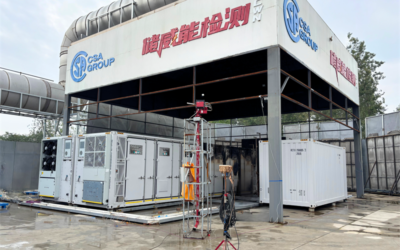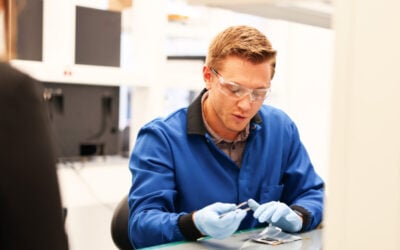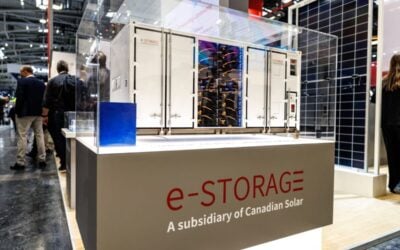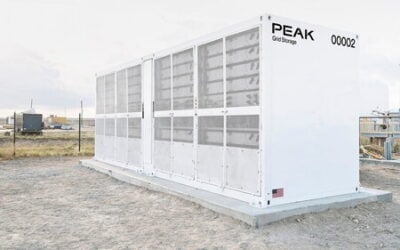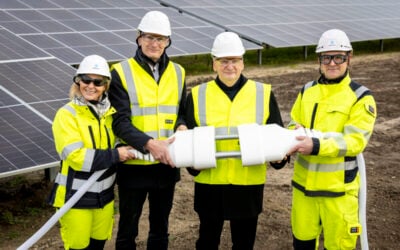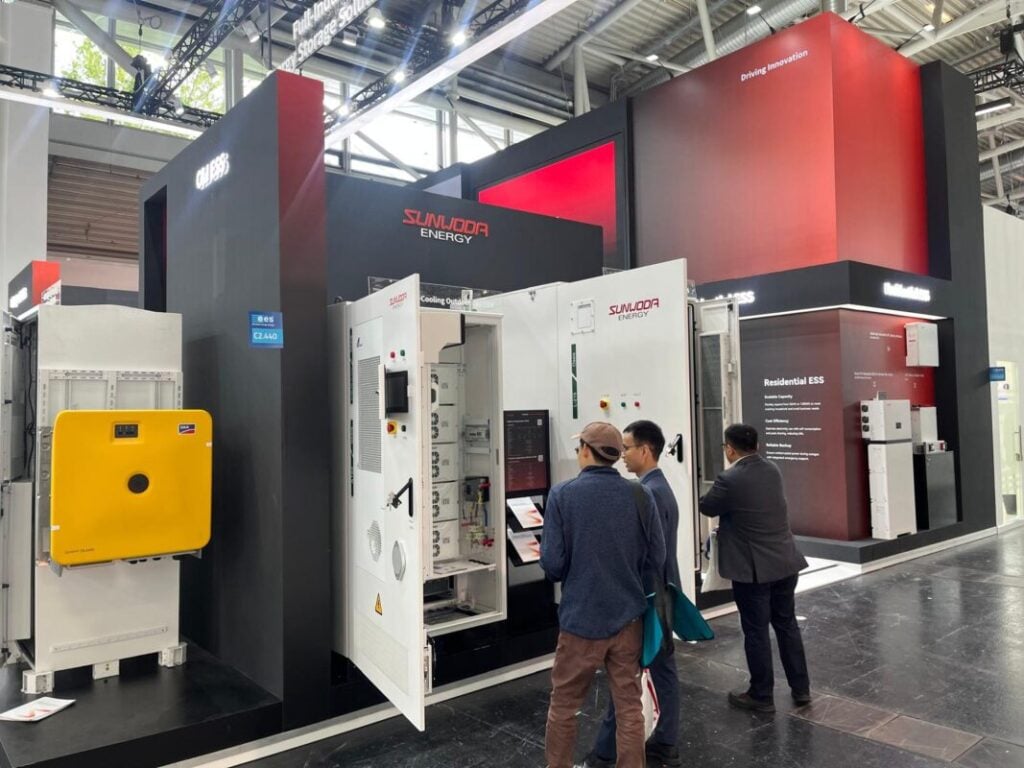
More product announcement news from last week’s ees Europe trade show and expo in Munich, Germany, with Sunwoda, Hithium, Rept, Canadian Solar, Sungrow and Aeson Power revealing new BESS solutions.
This roundup follows last week’s coverage of new battery energy storage system (BESS) products from Envision, LG Energy Solution, IPS, Saft, Powin and CATL, which gave a media Q&A attended by Energy-Storage.news.
The products were unveiled at ees Europe, an energy storage expo and conference which comes under the umbrella of the Smarter E Europe family of exhibitions, along with the solar PV-focused Intersolar Europe. See coverage of all things Intersolar on our sister site PV Tech.
All the grid-scale BESS products outlined below appear to use the 20-foot container form factor, with no other form factors specifically mentioned.
Try Premium for just $1
- Full premium access for the first month at only $1
- Converts to an annual rate after 30 days unless cancelled
- Cancel anytime during the trial period
Premium Benefits
- Expert industry analysis and interviews
- Digital access to PV Tech Power journal
- Exclusive event discounts
Or get the full Premium subscription right away
Or continue reading this article for free
Sunwoda Energy: new 6.528MWh BESS with 625Ah cells, C&I product
Lithium-ion OEM Sunwoda Energy launched a new 6.528MWh liquid-cooled BESS equipped with 625Ah lithium iron phosphate (LFP) battery cells with 15,000 cycles and a 25-year service life, dubbed NoahX 3.0.
The China-headquartered firm also presented its OASIS A180 179kWh commercial & industrial (C&I) BESS, and exhibited other products including battery cells (280Ah, 314Ah, 625Ah), utility-scale BESS (5MWh), C&I BESS (215kWh) and residential BESS (5-120kWh).
Hithium: new grid-scale BESS
BESS-focused lithium-ion manufacturer Hithium also revealed a new BESS, a 6.25MWh product which can be configured in either 2-hour or 4-hour durations designed specifically for the European market. It calls the product its ‘∞Power‘ BESS.
It uses Hithium’s own cells with the 2-hour configuration using 587Ah cells and the 4-hour using 1175Ah cells, one of the largest seen in the market to-date. Hithium claimed it is the industry’s first kilowatt-hour-class cell specifically designed for long-duration energy storage (LDES).
The 1175Ah cell enables more than a 30% reduction in non-cell component costs on the DC side during system integration, significantly lowering manufacturing equipment investment and markedly improving system consistency, Hithium said.
The firm also exhibited a 162Ah sodium-ion battery cell and 261kWh C&I storage cabinet, plus its more conventionally-sized 314Ah cell for BESS applications.
Rept Battero’s BESS using 392Ah cells
New products were also revealed by Rept Battero, another lithium-ion OEM and one of the few to be vertically integrated up to the raw material level via its parent company Tsingshan Group, a mining group.
The new Potrix 6.26MWh BESS features its 392Ah battery cells, which it claimed has better performance in energy capacity compared to other 300Ah+ series cells. That claim is relevant since the BESS industry has now moved beyond 314Ah cells as the standard, as evidenced by many of the announcements seen at the ees Europe event.
Canadian Solar launches ‘zero degradation’ BESS product
Canadian Solar, a solar PV firm which has made a big expansion into BESS in the past few years, also launched a new grid-scale product.
The Solbank 3.0 Plus is the latest grid-scale BESS offering of its energy storage arm E-Storage. It has enhancements to its lithium iron phosphate (LFP) technology but also offers, the firm claims, a ‘near zero battery degradation curve’ for the first four years.
CATL was the first company to launch a BESS promising no degradation to the cells in the first few years of operation with last year’s Tener product, while others have since followed suit.
Aeson Power’s sodium-ion BESS products
Aeson Power meanwhile presented sodium-ion BESS products for the telecommunications, uninterruptable power systems (UPS) segments and C&I segments; the SIBPOM-4850, SIBPOM-12100 and SIBPOM-125kWh products, respectively.
They are all configured with Aeson Power’s NFPP polyanionic technology battery cells using sodium-ion technology. Aeson said they feature intrinsic safety (capacity can be fully restored after discharging to zero volts), high-temperature resistance (cells operate normally at 60 degrees celsius), superior rate performance, high charge-discharge efficiency (RTE easily exceeds 95%), and a long life of over 15,000 cycles.
That cycle life is particularly interesting considering that most say sodium-ion is generally only able to offer a much lower figure of around 6,000 cycles whereas LFP can is well over 10,000.
Sungrow
Inverter and BESS firm Sungrow didn’t reveal new grid-scale BESS products but did reveal a new C&I BESS called PowerStack 255CS, and also revealed its latest grid-scale inverter product which can be deployed for BESS or solar PV projects. The ‘1+X 2.0 Modular Inverter’ can be configured from 800kW to 9.6MW (single unit to 12 units in parallel).

